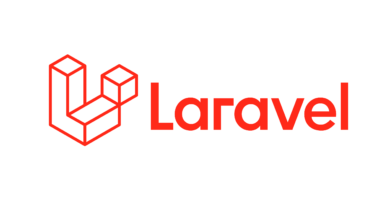Introduction:
Routing is a fundamental aspect of any web application framework, including Laravel. Laravel’s routing system provides a powerful and expressive way to define routes for your application. One of the advanced features of Laravel routing is group routing, which allows you to group related routes together, making your code more organized and maintainable. In this article, we’ll dive deep into Laravel group routing, exploring its syntax, benefits, and providing practical examples to illustrate its usage.
Understanding Laravel Group Routing:
Group routing in Laravel allows you to define routes that share common attributes, such as middleware, prefix, namespace, and more. By grouping routes, you can apply these attributes to multiple routes simultaneously, reducing redundancy and keeping your code clean and concise.
Syntax of Group Routing:
The syntax for defining a route group in Laravel is straightforward. Here’s a basic example:
Route::prefix('admin')->middleware('auth')->namespace('Admin')->group(function () {
// Define routes for admin section here
});In this example, we’re creating a route group for the admin section of our application. Let’s break down the components of this route group:
prefix('admin'): Specifies that all routes within this group should have the prefix “admin”. For example, if you have a route defined as “/dashboard” inside this group, it will become “/admin/dashboard”.middleware('auth'): Indicates that all routes within this group should be protected by the “auth” middleware, ensuring that only authenticated users can access them.namespace('Admin'): Sets the namespace for controller resolution within this group. Controllers in the “Admin” namespace will be automatically resolved for routes within this group.group(function () { ... }): Encloses the group of routes that belong to this route group. You can define multiple routes within this callback function.
Benefits of Group Routing: Group routing offers several benefits for Laravel developers:
- Code Organization: Grouping related routes together improves the organization of your codebase, making it easier to understand and maintain.
- Middleware Application: Applying middleware to a group of routes ensures that they share the same middleware stack, simplifying the authentication and authorization process.
- Namespace Management: Grouping routes by namespace allows for better organization of controllers and improves code readability.
- Prefixing Routes: Adding a common prefix to routes within a group helps to differentiate sections of your application and maintain a logical URL structure.
Example: Grouping API Routes: Let’s consider an example where we have a set of API routes that require authentication and belong to the “api” namespace. We can use group routing to define these routes efficiently:
Route::prefix('api')->middleware('auth:api')->namespace('API')->group(function () {
Route::get('/user', 'UserController@index');
Route::post('/user', 'UserController@store');
// Additional API routes here
});In this example, all API routes are prefixed with “/api”, protected by the “auth:api” middleware, and resolved within the “API” namespace.
Conclusion:
Laravel group routing is a powerful feature that enhances the organization and maintainability of your application’s routes. By grouping related routes together and applying common attributes, you can streamline your code and make it more robust. Understanding and leveraging group routing can significantly improve your Laravel development workflow, leading to cleaner and more efficient codebases.
